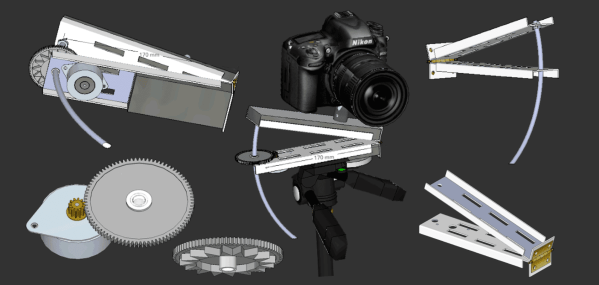Using a legitimate flamethrower is on the bucket list for a lot of us. Even Elon Musk got into the action with his Not-A-Flamethrower flamethrower. For the rest of us non-billionaires though, we have to come up with clever reasons to build our own like “Halloween is only six months away”. [HandsomeRyan] took this approach six months ago to great effect, and recently released the files on Thingiverse for us all to enjoy.
The cover for building this project was making a Jack-o-Lantern shoot flames out of its face on-demand. The build is based around a car door locking solenoid, which has plenty of kick for applications like this. [HandsomeRyan] upgraded his old wood design with fancy 3D-printed parts which, with the help of the solenoid, deliver a blast of flammable material across a candle inside the Jack-o-Lantern via an aerosol can hidden in the pumpkin.
Part of the elegance of this project is that a car door locking solenoid is typically controlled by remote, meaning that if you want this to be remote-controlled the work has already been done for you. If you need a more timely excuse for building one of these, the Fourth of July is a little bit closer, which should work in a pinch as an excuse to build something crazy even if you’re not American.
Continue reading “It’s Never Too Early To Prepare For Halloween: With Flamethrowers”















